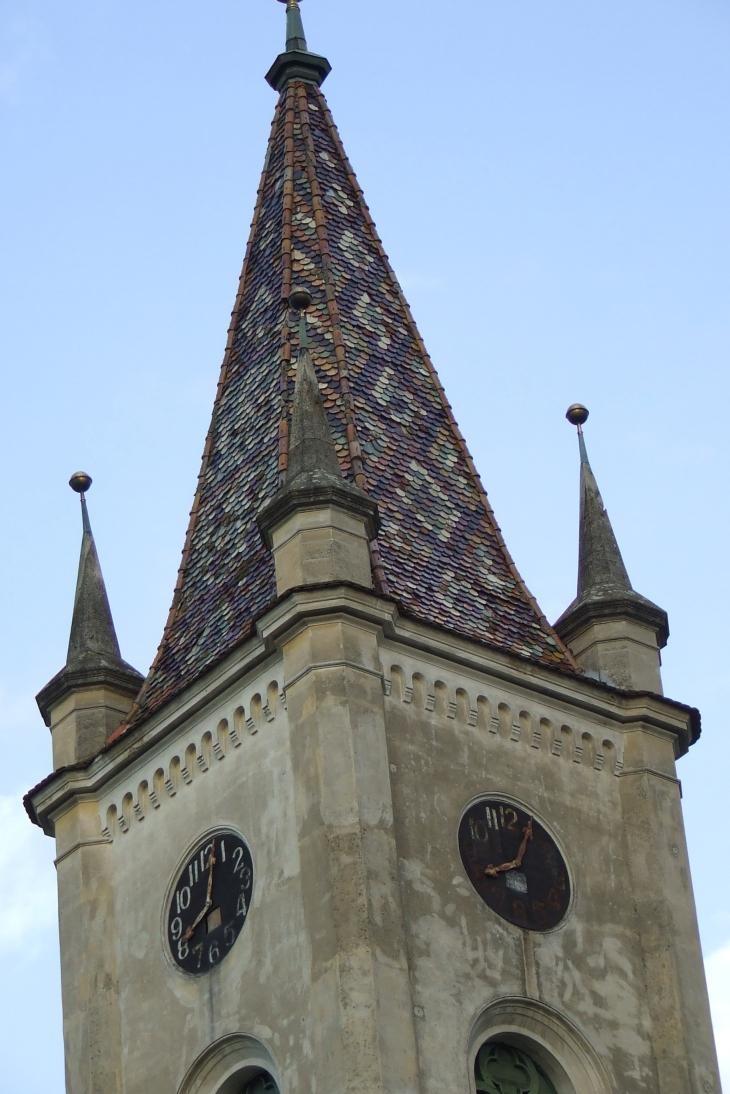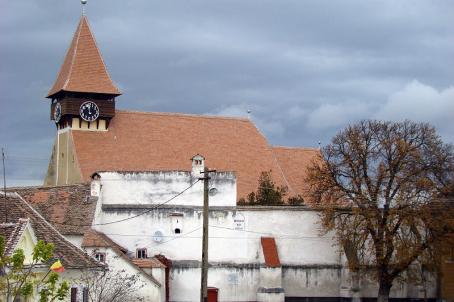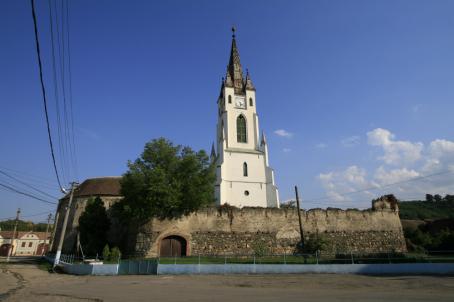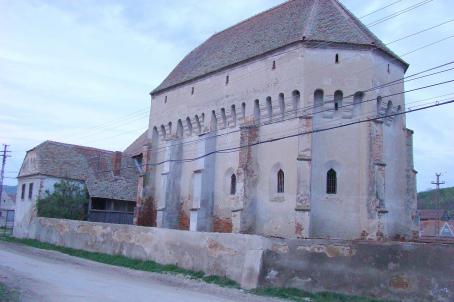Apoldu de Sus Fortified Church
The fortified church in Apoldu de Sus was erected after the demolition of the old Romanesque basilica preceding it. A church hall was built in 1836 and completed with a tower in 1867. The interior is a nice example of a neoclassical church, where the altar from 1751 and the organ from 1816 are still preserved, both of them originating from the old basilica. Only ruins of the old fortifications still remain. Nevertheless, one can notice the well-preserved structure of the traditional village, with narrow walk paths and typical farms on both sides of the main road.
About this building
For more information visit on this building visit https://kirchenburgen.org/en/location/grosspold-apoldu-de-sus/






